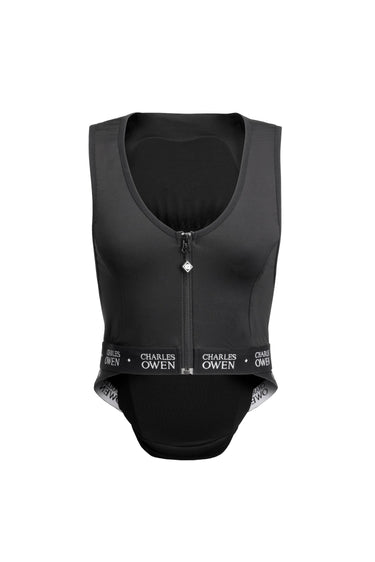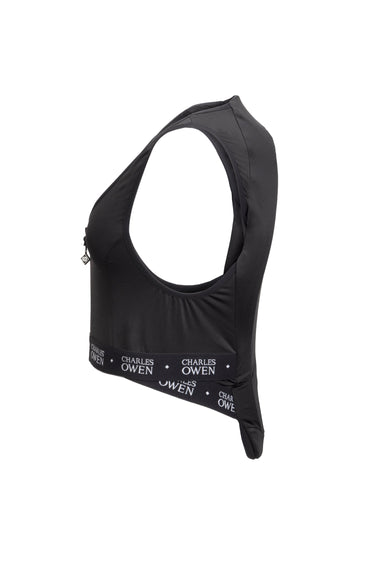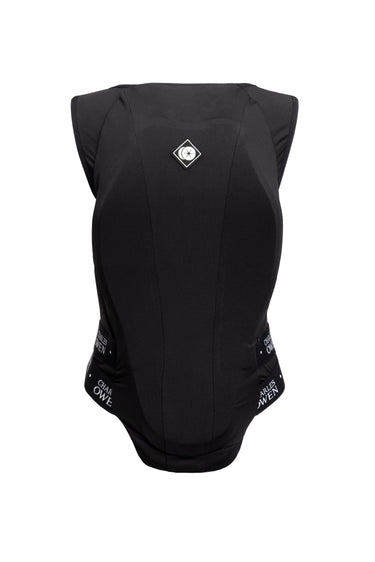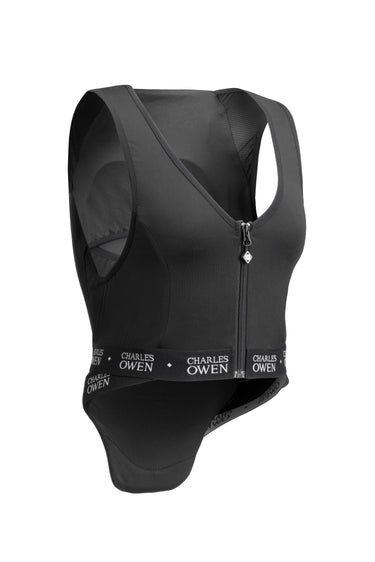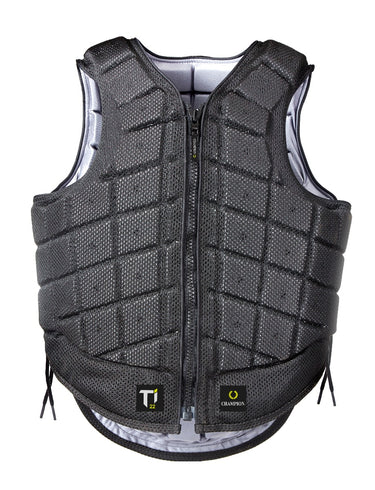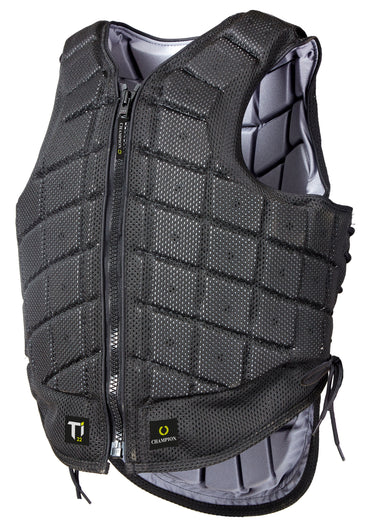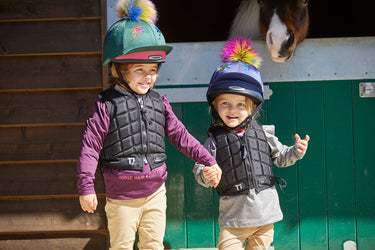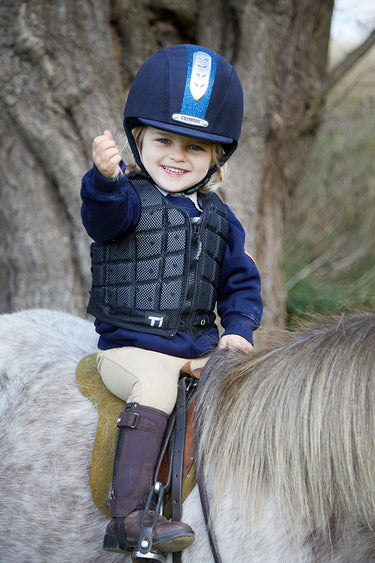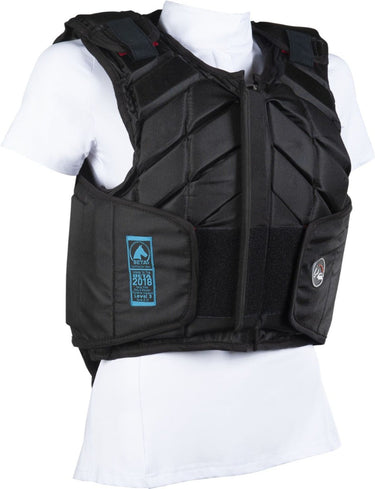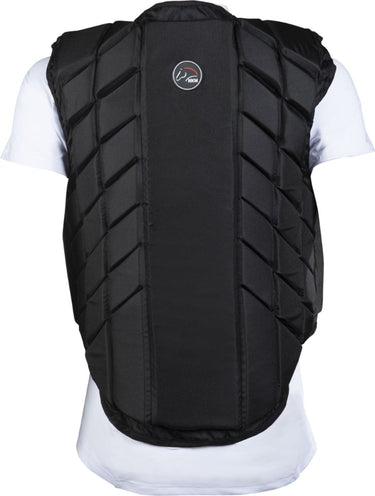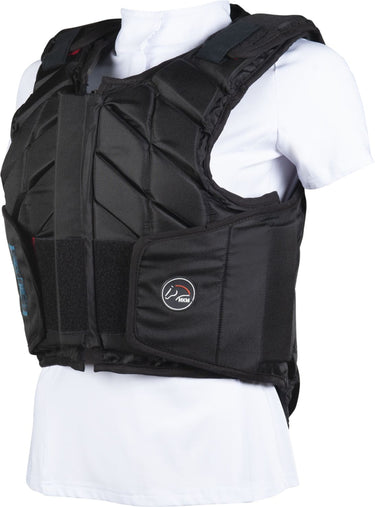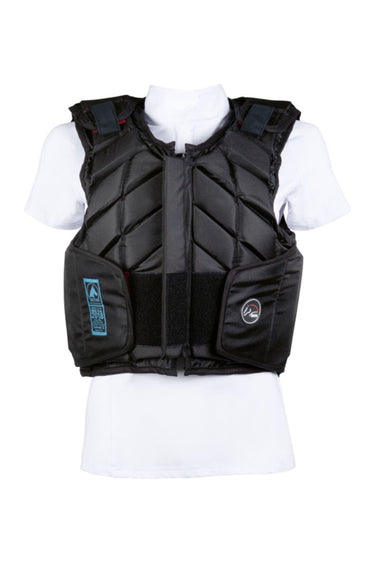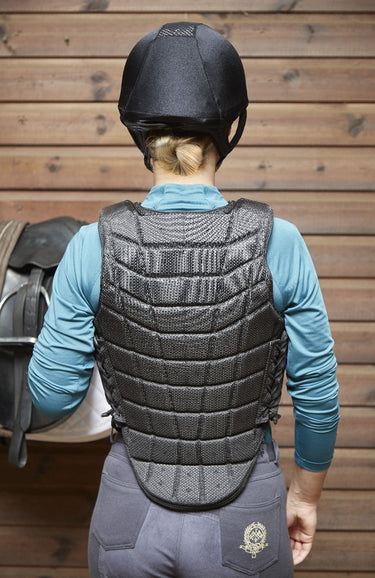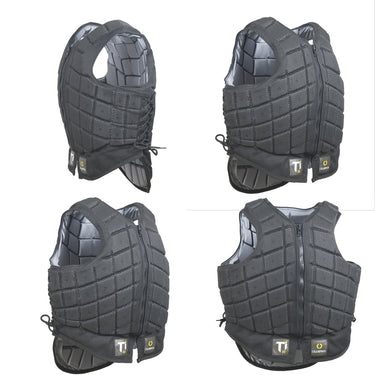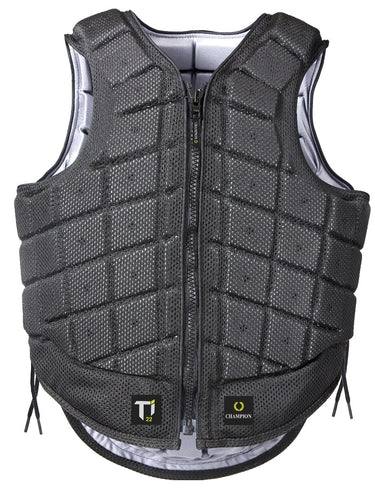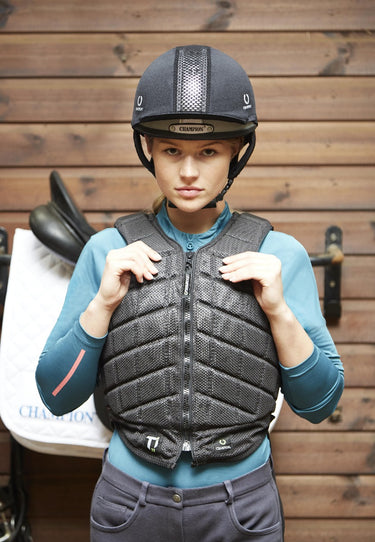Body Protector Fitting Guide
< Back to all size guidesBody protectors are an expensive but vital piece of kit designed to protect your torso from injury in the event of an accident or fall. It's highly beneficial to make sure it fits properly for you to receive the best possible protection, comfort and riding experience with the freedom to move when jumping. When properly fitted, body protectors will:
- Reduce injury overall
- Helps to protect your spine and ribcage
- Protects against soft tissue injuries, including bruising, lacerations and contact burn
- Protects the liver, kidney and spleen
You can wear your body protector whenever you ride for peace of mind and to feel more confident. They are mandatory for riding cross country, but it's also advisable to wear one any time you are jumping, for hacking on the road and for riding young and/or fresh horses - essentially any time you are at a higher risk of a fall or accident. All body protectors we sell meet the latest international body protector safety standards and are competition legal. Our choice of body protector brands ensures every rider can find their perfect fit, whatever your shape, size, gender or age.
This guide will help you to find your closest body protector size, but we would always recommend that your safety wear is fitted by a qualified professional.
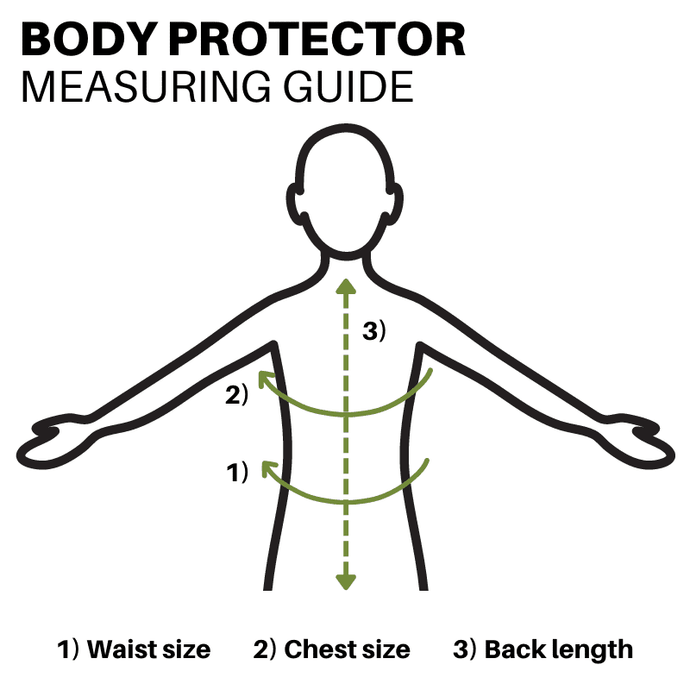
How to measure for a body protector
Measure with a soft tape measure over the clothing you would normally wear to ride in (light clothing, not outer layers - wear a base layer or t-shirt for example). For women, wear the sports bra that you would normally ride in. There are three simple measurements you need to take to find your body protector size:
1) Waist measurement
Measure around the circumference of your waist. This is an important measurement to ensure the body protector won't shift on the body.
2) Chest measurement
Wrap the tape measure under your arms and around the widest part of your chest. This measurement will indicate which size range you fall into (e.g. women's or junior sizes).
3) Back length
Take this measurement from the base of your neck (C7 vertebrae at the bottom of your neck) down to the base of your spine.
Use these measurements to select the corresponding size from the size chart of your chosen body protector. Each body protector style will differ slightly in size.
How to check the size is correct
Once you have purchased your body protector, try it on to check the size. Airowear recommends using a 6-step checklist to make sure it fits properly.
Step 1: fit your body protector over light clothing, with heavier garments (e.g. coats) over the top.
Step 2: before trying your body protector on, loosen the chest and waist straps on the body protector.
Step 3: once you have the body protector on, pop your thumbs into the armholes to bring the two panels together, making it easier to zip the body protector up.
Step 4: fasten any adjustable straps to achieve a snug but comfortable fit. Airowear's body protectors feature orange markers which help to determine whether the size is correct. If the orange cannot be completely covered, the body protector is too small. If the velcro fastenings cannot be closed enough to ensure a snug fit, the body protector is too large.
Step 5: adjust the shoulders so that the neckline lies flat against the body - if this cannot be achieved, a shorter back length may be needed.
Step 6: check the back length by sitting in a saddle - there should be approximately a hand's width between the saddle and the base of the body protector. At the front, the body protector should reach the breastbone at the top and cover the bottom rib at mid-chest by approximately 2.5cm but should not cover the belly button. You should be able to take a deep breath without feeling restricted. You should also be able to bend forward at the waist without the body protector digging into your stomach - if it digs into your stomach it's likely too long.
Shop Body Protectors
Browse our range of Body Protectors
